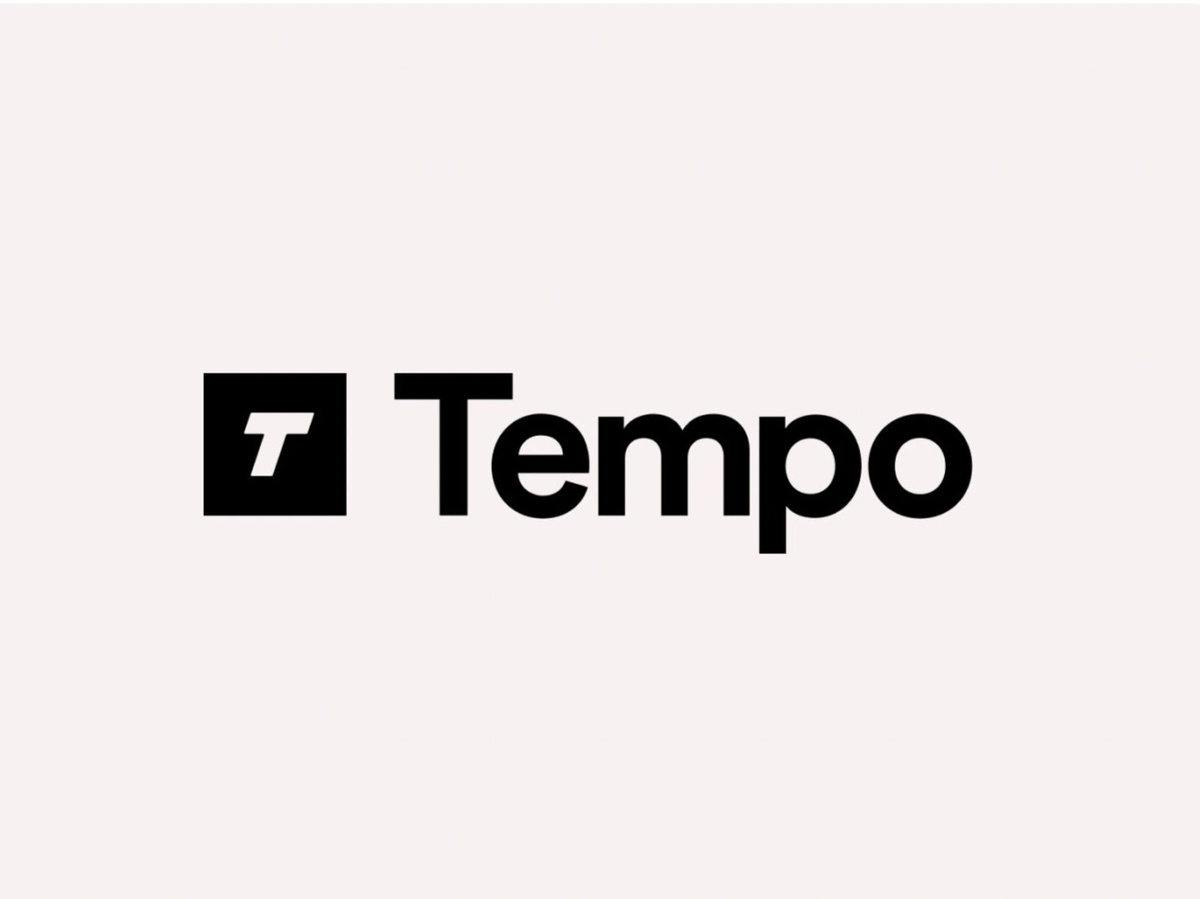The European Union’s implementation of the Markets in Crypto Assets (MiCA) framework in 2024 marks a significant step in regulating the cryptocurrency market. While this initiative aims to integrate crypto more closely with traditional finance by ensuring transparency and uniformity across the EU, there are challenges that continue to hinder broader adoption of digital assets.
Understanding EU Crypto Regulation and Its Impact
The dynamic nature of the crypto market makes regulation a complex issue. Regulators struggle to fully grasp various sub-fields of crypto to develop clear laws, necessitating a uniform approach to handling crypto assets across different countries. MiCA seeks to address this by standardizing rules related to marketing, portfolio management, user verification, token issuance, and stablecoins, among others.
A key feature of MiCA is the introduction of a unified authorization system across all EU countries. This system simplifies the regulatory process for crypto projects, which previously required multiple licenses for different jurisdictions. Traditional Finance (TradFi) players will benefit as they can easily verify if a crypto company has passed regulatory checks, potentially leading to greater crypto adoption.
Challenges in the Path of Crypto Adoption
Despite MiCA’s potential, increased regulation presents its own set of challenges. The framework tends to favor large market players and may impose restrictions on decentralized services and smaller participants. For example, decentralized exchanges (DEXs), which currently operate without strict Know Your Customer (KYC) and Anti-Money Laundering (AML) procedures, will face new regulatory demands that could be difficult to adapt to.
The implementation of the travel rule for crypto assets, requiring payment providers to identify clients and recipients in transactions, presents another challenge. European regulatory bodies need to develop mechanisms and software for its implementation, and clear guidelines for crypto companies are still lacking.
Balancing Regulatory and Operational Frameworks
The crypto industry is divided on the role of regulations. Some argue that overemphasis on rules can stifle innovation, while others advocate for regulations as essential for market stability and trust. A balanced approach, where comprehensive regulations lead to practical applications, is necessary. Countries need to develop technological solutions in a compatible manner, and policymakers should collaborate closely with crypto companies.
Public consultations, partnerships with exchanges, and working groups that include crypto experts can facilitate this collaboration. Hong Kong’s approach, encouraging commercial banks to support licensed crypto companies, serves as a model, making it an attractive crypto hub despite its regulatory challenges.
Looking Towards a Harmonized Future
Achieving widespread crypto adoption is still a distant goal, as the industry’s complexity makes it challenging to establish universal rules. Most jurisdictions prioritize regulations within their borders, tailoring practices to their specific needs. A balanced approach, creating consistent rules and operational frameworks that enable companies to operate effectively within them, is crucial. This approach will encourage innovation while maintaining necessary safeguards, smoothing the path towards broader crypto adoption.











